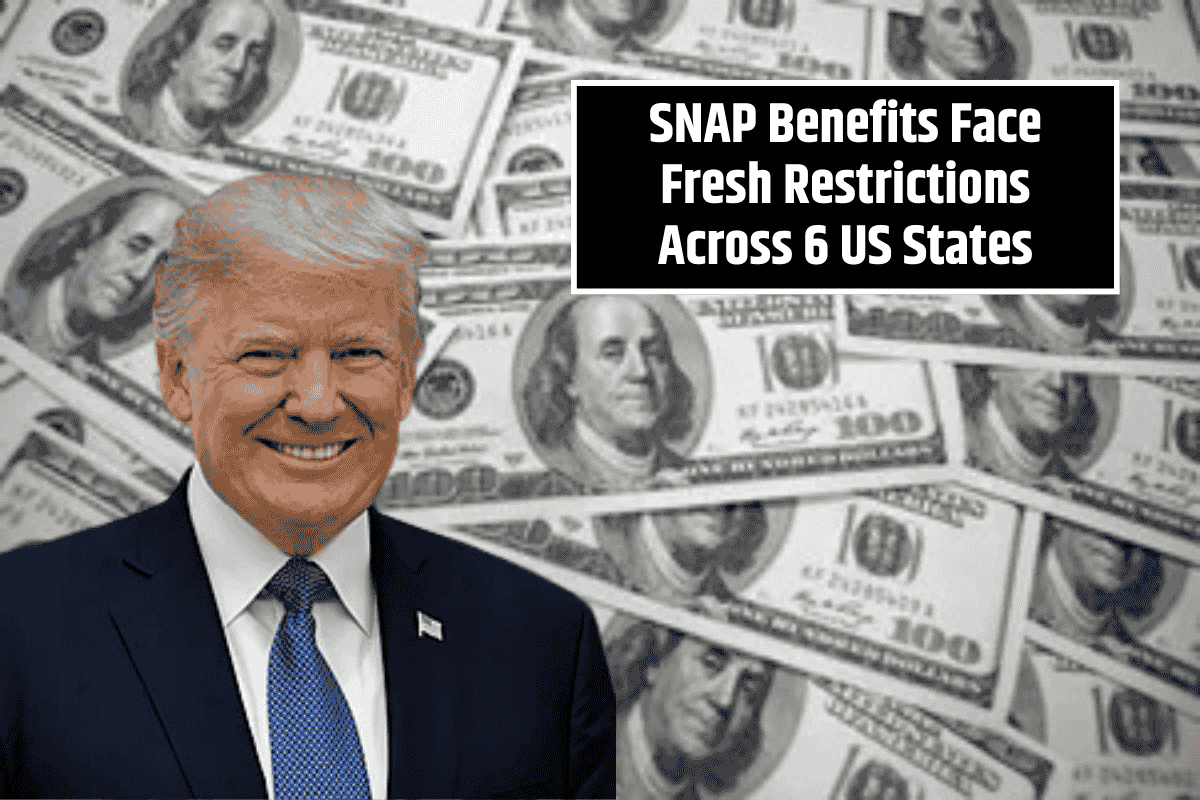The US government has given permission to six more states to ban the purchase of processed foods using Supplemental Nutrition Assistance Program (SNAP) benefits. SNAP is meant to help low-income families buy healthy food, but from 2026, some products will no longer be allowed in certain states.
New States Joining the SNAP Ban on Processed Foods
Colorado, Louisiana, Oklahoma, West Virginia, Texas, and Florida are the latest states to get waivers to block processed foods from SNAP purchases. This is a big expansion of a rule that started earlier in Nebraska, where sugary and energy drinks were the first to be restricted.
Interestingly, Colorado is the first Democratic-leaning state to take part in this move. Agriculture Secretary Brooke Rollins said the step is in line with the main purpose of SNAP, which is to provide healthy nutrition for families.
Why the Government Supports These Restrictions
Health Secretary Robert F. Kennedy Jr. strongly backed the decision, connecting it with his “Make America Healthy Again” campaign. He said that taxpayer money should not go toward feeding children unhealthy food that may lead to diseases like diabetes.
He also pointed out that the government ends up paying again through Medicaid and Medicare for treating these illnesses.
FDA Commissioner Marty Makary also supported the policy, saying it is a bold step to fight the rising problem of chronic diseases in the country.
Concerns Over Practical Challenges
While the government is pushing for restrictions, food policy experts are doubtful about how well this can work. The main issue is that there are over 650,000 packaged food and beverage products in the market, with nearly 20,000 new ones introduced every year.
Keeping track of which products are banned and updating the system regularly can be very costly and difficult.
Economist Diane Whitmore Schanzenbach had warned about these challenges back in 2017, noting that it may not bring major changes in consumer behaviour but will add high operating costs.
SNAP Benefits in 2025
At the same time, SNAP continues to provide important support for families. For the fiscal year 2025 (October 1, 2024, to September 30, 2025), the maximum monthly benefits remain the same based on family size:
| Household Size | Maximum Monthly Benefit (2025) |
|---|---|
| 1 person | $292 |
| 2 people | $536 |
| 3 people | $768 |
| 4 people | $975 |
| 5 people | $1,158 |
| 6 people | $1,390 |
| 7 people | $1,536 |
| 8 people | $1,756 |
| Each additional person | +$220 |
What You Can and Cannot Buy with SNAP
SNAP funds can only be used for food meant to be cooked and eaten at home. Items allowed include:
Fruits and vegetables (fresh, frozen, or canned)
Cereals, breads, and flours
Dairy products
Meat, poultry, fish, and eggs
Non-alcoholic beverages
Seeds or plants for home gardening
Some special groups, such as seniors, people with disabilities, and the homeless, can buy prepared meals from certain restaurants.
Excluded items are:
Alcohol and tobacco
Hot, ready-to-eat meals
Vitamins and supplements
Pet supplies, toiletries, or paper products
Live animals
Even with new bans, these standard rules remain the same. Each state will now need to update their payment and verification systems to ensure the restrictions are properly applied. Families are advised to check with their local SNAP agency before shopping to know which products are no longer allowed.
The SNAP program is meant to ensure healthy food access for low-income families, but the new bans on processed foods have sparked debate. Supporters believe it will improve public health, while critics worry about high costs and the difficulty of managing so many product restrictions.
As more states join this move, families using SNAP will need to stay informed about changing rules, while the bigger question remains—will these bans really improve eating habits and health in the long run?
